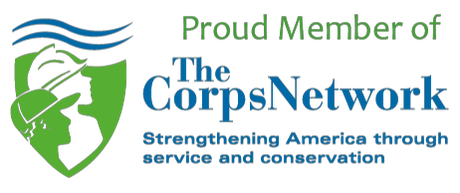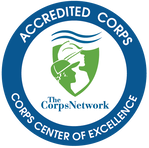|
We're excited to share another Scholarship Success Spotlight! In case you haven't read these yet, we will be regularly sharing stories from our talented scholarship recipients and how they are using their funds in the STEM fields. Our December spotlight is on Aditya Khuller, 3rd quarter 2018 scholarship recipient from Arizona State University. He is Anglo-Indian, and grew up near Delhi, India. Ever since he was four years old, space has fascinated him. He's always known that he wanted to focus on this area of study, which led him to pursue an undergraduate degree in Aerospace Engineering (Astronautics). Here's Aditya's story: Why I Value STEM Education In my very first week at Arizona State University (ASU), I got the chance to meet one of the most inspiring people I have ever met. As I listened to famed NASA/ASU scientist/Regents’ professor Dr. Phil Christensen talk about his fascinating work in planetary science, I knew that I wanted to be like him- at the forefront of planetary science through NASA missions and research. My Current Work and Passion When I asked him (Dr. Christensen) what I would need to do to work for him, he said, “Keep bugging me, and get good grades.” So that’s what I did. After getting As in my classes, and months of pestering him, Dr. Christensen agreed to take me on as an undergraduate researcher at the Mars Space Flight Facility at ASU. He told me he had proposed a theory on Martian gully formation a few years ago and challenged me to prove him wrong. I applied for and won the Barrett Honors Research Funding Grant to build on (starting the summer of 2016, as a rising sophomore) his theory, by considering various trigger mechanisms (CO2-related processes, etc.) in light of recent gully activity. This work has helped me learn a lot about geomorphology as well as modeling geophysical processes using thermal and radiative finitedifference schemes. The past two summers I’ve had a lifelong dream come true—to work at NASA/JPL. I have been fortunate enough to learn from another incredible scientist, Dr. Laura Kerber at JPL. In the summer of 2017, I furthered my knowledge of fluvial, aeolian geomorphology by studying the enigmatic Medusae Fossae Formation on Mars under her tutelage. This work led us to present our work at the American Geophysical Union’s Fall Meeting (my first ‘real’ conference ever!) in 2017 as well as the Lunar & Planetary Science Conference in 2018. I also modeled winds in the Antarctic (as an analogue for Mars) in a FORTRAN climate model as my secondary project. At the end of the summer in 2017, I was invited to return the next year, and this past summer, I worked on three diverse projects. I studied the presence of enigmatic polygonal ridge networks on Arabia Terra, Nili Fossae and Nilosyrtis, Mars and compared them to terrestrial analogues formed by hydrothermal circulation to formulate a mechanism for their formation, with potential implications for the Mars 2020 rover landing site selection. I also assisted with the development of the science traceability matrix for Dr. Kerber’s NASA Discovery mission concept: Moon Diver and continued to work on the Antarctic wind modeling project from the previous summer. The Significance of my Work I find studying the formation of gullies on Mars intriguing because they potentially represent the presence of liquid water very close to the surface in geologically recent times; thus providing relatively ideal locations for potential microbial life to survive. Even though gullies were discovered from orbit two decades ago, there is still no consensus on how they form! Some favor a model where they form by melting snow whereas others prefer a dry, CO2-based origin. I loved studying the Medusae Fossae Formation because it is a very unique place on Mars where humans might be able to live in the future. It is close to the equator (so the temperatures are not too cold), full of volcanic ash deposits that can be used in construction with large, wind-eroded ridges (called yardangs) where we could build homes. Trying to understand the formation of strange, large networks of ridges has been intriguing; our work suggests that they were likely formed by the flow of ancient groundwater on Mars. The greatest concentration of ridges seems to be around one of the Mars 2020 landing sites (the final site will be chosen soon!), which make them especially interesting, since one of the goals of the Mars 2020 rover is to study hydrothermally-altered rocks that might be present in these regions. I find planetary science and geology intriguing, because every problem is like trying to piece together the pieces in a puzzle. Often, one must learn an entirely new skill or branch of physics/chemistry to see how all the pieces fit together, and by studying processes, terrains and atmospheres across the solar system we can start to see the bigger picture. All my projects excite me for different reasons. The verisimilitude of everything I have been fortunate enough to experience thus far is still sometimes hard for me to believe. What This Scholarship Means To Me and How I Plan To Use the Funds I am incredibly honored to be a recipient of the G.E.M. scholarship, and I plan on using the funds towards applying to graduate schools (I am applying for a PhD in Planetary Science/Geology) and taking the GRE. Since my single mother had to support me all these years, this scholarship has meant a lot to both of us. Through my current and future research, I hope to one day build on the work of the many scientists who ponder worlds’ pasts through geology, to understand the present and prepare for humankind’s future. Some More Info About Me and My Work Apart from my work in planetary science, I have worked on a host of different engineering projects at ASU. I lead a talented team of 20 undergraduate and graduate students working on developing a small spacecraft electric propulsion attitude control system, in collaboration with a team at JPL. I gave a talk on this work at the American Institute of Aeronautics and Astronautics Joint Propulsion Conference this summer. I have also worked on the Power and Mission Operations subsystems on the NASA-funded CubeSat mission, Phoenix, being developed at ASU. My educational and practical experience with engineering provides me with the tools required to work on planetary science instrumentation. I enjoy participating in a variety of extra-curriculars, ranging from playing soccer (I enjoy making intramural teams with my friends from around the world), guitar (I am the lead guitarist of a progressive rock band) and chess, to reading, practicing French, and dog sitting (I am a trained service dog trainer). I believe that the journey is the reward; I am the sum of everything I have experienced and learnt, and I am excited to move forward into the next chapter of my life after an incredible undergraduate experience at ASU. ~~~ Wow! Great job on all of your accomplishments, Aditya! Your friends at G.E.M. Environmental are happy to read about your many successes and wish you the best of luck. Are you a STEM major? Consider applying for one of our scholarships! Our next scholarship deadline is February 15, 2019. Visit our Scholarship page to learn more about eligibility and apply online. |
Categories
All
Archives
June 2024
|
G.E.M. Environmental NFP
Geology - Engineering - Minerals - Environmental - Not for Profit
Geology - Engineering - Minerals - Environmental - Not for Profit
Community Partners
|
Programs
|
Get Involved
|
About
|
Follow Us
|
Sponsors & Donors
|
© COPYRIGHT 2017 - 2023. ALL RIGHTS RESERVED. G.E.M. Environmental NFP
GEM Environmental, GEM4STEM, GEM Corps, and Charity Rocks are all Registered Trademarks of G.E.M. Environmental NFP.
Any and all use of Trademarks or Copyrights must be authorized.
GEM Environmental, GEM4STEM, GEM Corps, and Charity Rocks are all Registered Trademarks of G.E.M. Environmental NFP.
Any and all use of Trademarks or Copyrights must be authorized.
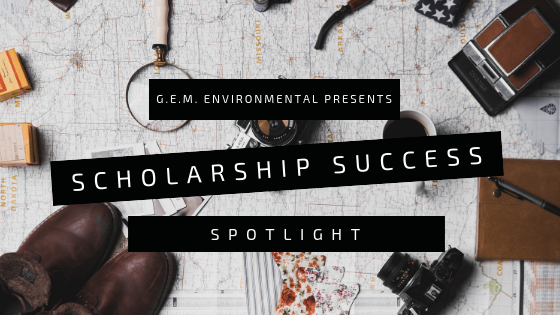
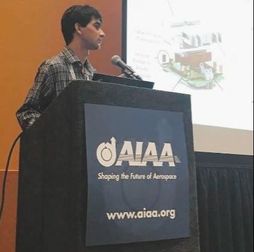
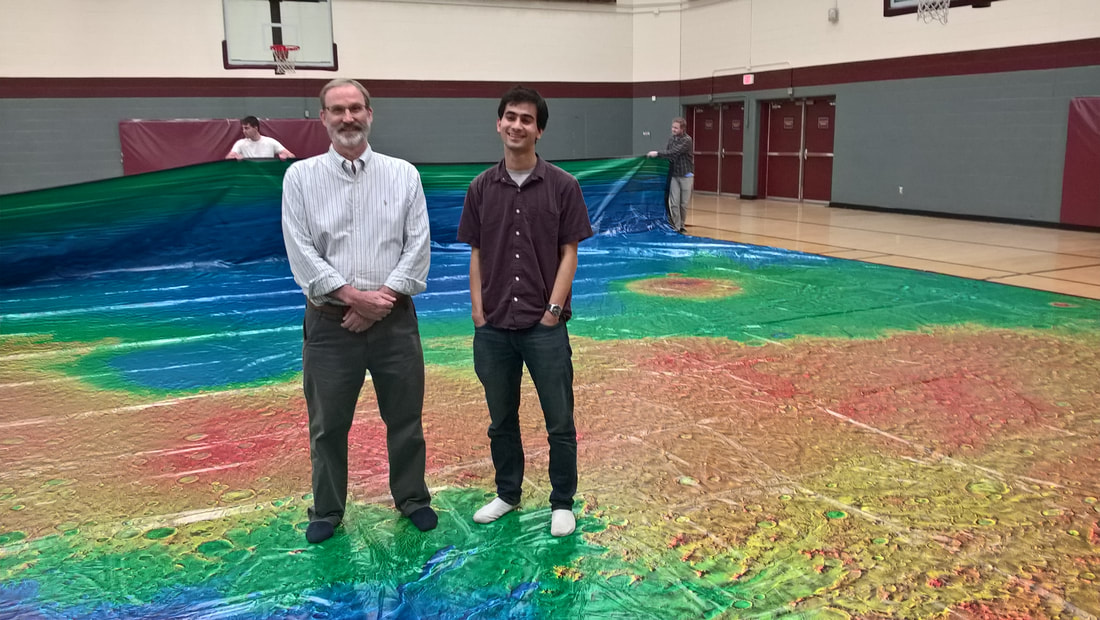
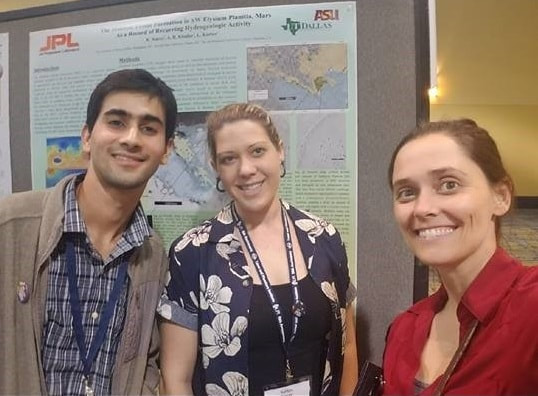
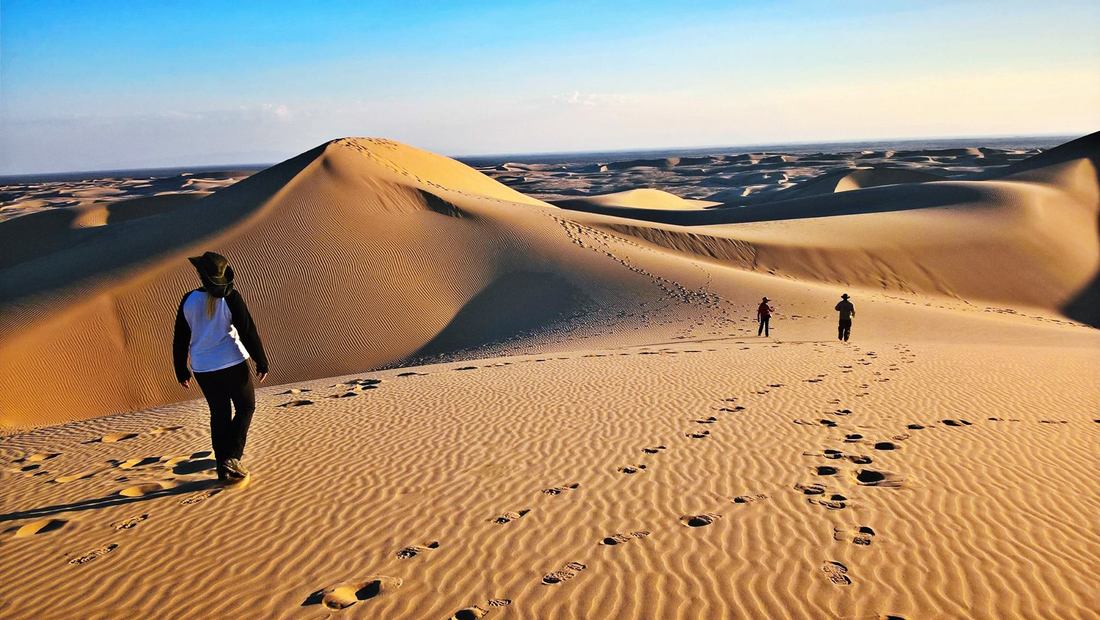
 RSS Feed
RSS Feed

